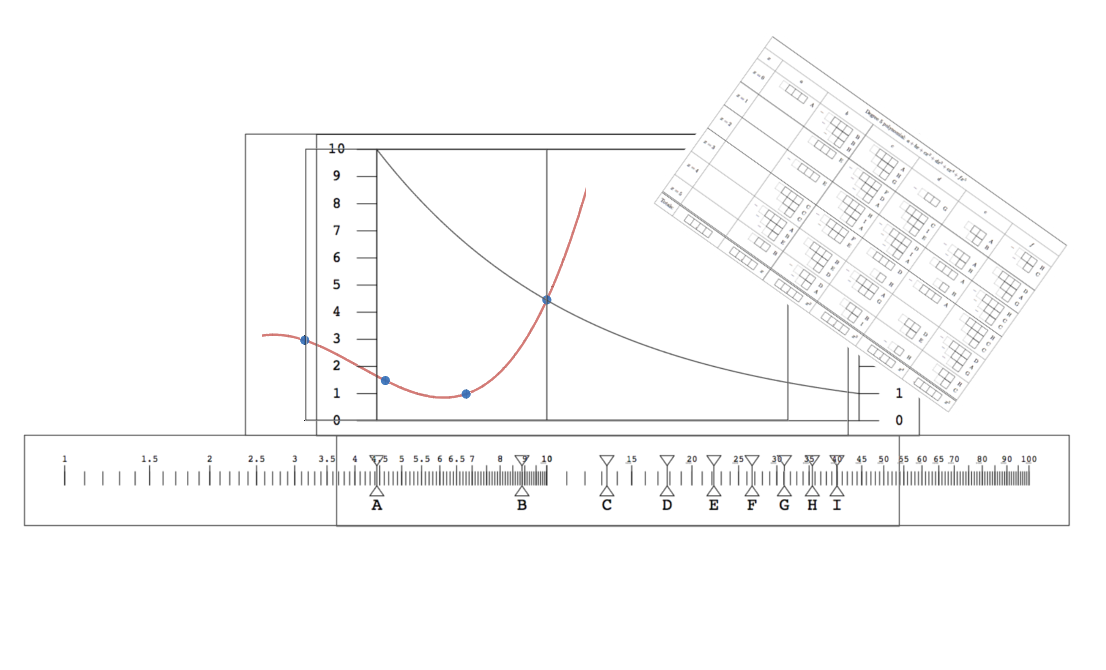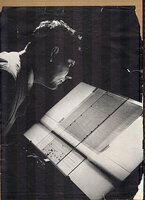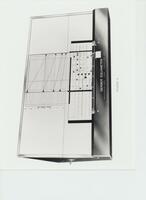
The Equameter (pronounced "ee-kway-meter") is a lost graphical computing device invented by H. Joseph Gerber in the 1950s. Using only a printout of graphical data, the equameter will compute terms of the Taylor or Fourier series. This is done by lining up a pair of transparent overlays on top of the graph, along with some by-hand computation requiring only additions and subtractions.

Original specimens are extremely rare. I only know of one existing, owned by the Gerber family. This page features a simplified version made by me, which sacrifices some accuracy for ease of use and printability.
Here's a short video I made about the Equameter. I have since learned that I was mispronouncing the name. David Gerber, son of the inventor, tells me it's pronounced "ee-kway-meter".
This is part of my series of videos about antique computational devices. Here is the full series playlist
These PDFs of equameters are meant to be printed on 8½ x 11 transparency paper. They can be scaled to any size- just be sure to scale both sheets by the same amount. The scale sheet is double-wide: you can tape them together side by side, or just line both of them up.
In case it would be useful, here are my original images.
These are the only photos that I have seen of the original Gerber equameters, which were generously sent to me by David Gerber, son of the inventor. I thank him for permission to post them here.
 |
 |
 |